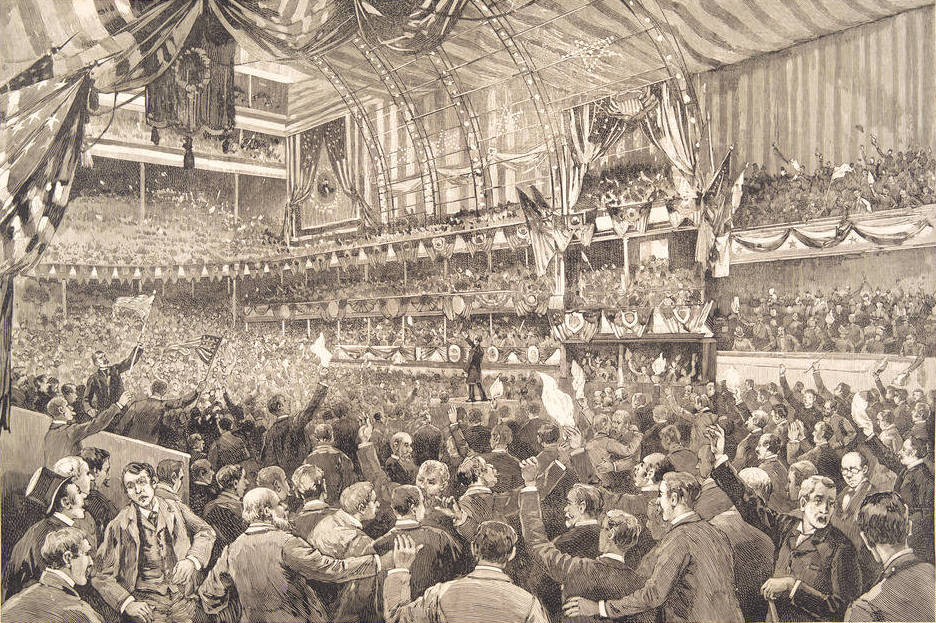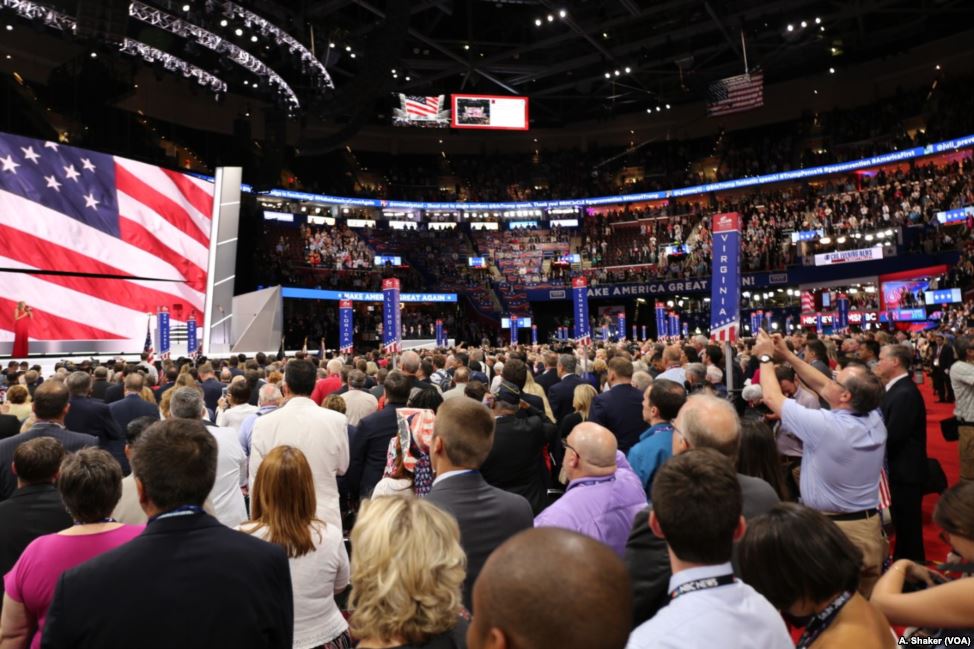The Evolution of Political Conventions: From Caucuses to Primaries and Beyond
Political conventions have been a cornerstone of the American political process for nearly two centuries. They play a critical role in nominating presidential candidates and establishing party platforms. Over time, the relationship between primaries, caucuses, and conventions has evolved, reflecting changes in the democratic process. Despite changes in format and function, conventions remain a vital part of the American political landscape, offering a unique blend of tradition, democracy, and spectacle.
Early History: Caucuses and the Need for Change
In the early 1800s, presidential candidates were often chosen by congressional caucuses. These were meetings of party leaders and members of Congress, which many people saw as undemocratic because they excluded the general public and favored political elites. As a response to the dissatisfaction with this system, the Anti-Masonic Party1 held the first national political convention in 1831. This innovation allowed party members from across the country to gather and select their nominee in a more democratic manner.
The Birth of National Conventions
Following the Anti-Masonic Party’s lead, major political parties adopted the convention system. The Democratic Party held its first national convention in 1832, where they nominated Andrew Jackson for his second term. The Whig Party, which emerged as a major opposition party at the time, also began holding conventions. These events quickly became key moments in the political calendar, allowing party members to debate and decide on their candidates and platforms.

The Golden Age of Conventions
From the mid-19th to the mid-20th century, political conventions were highly dramatic and influential events. Before the age of primaries and mass media, conventions were the primary means of determining presidential nominees. Delegates from each state would gather, often engaging in intense negotiations and multiple ballots before a candidate was chosen. These conventions were pivotal in shaping the direction of the parties and, by extension, the nation. Notable examples include the 1860 Republican Convention, which nominated Abraham Lincoln and played a significant role in his eventual election as President, leading to the Civil War and the abolition of slavery.
Introduction of Primaries and Caucuses
The early 20th century saw the introduction of primary elections, which began to shift the focus away from conventions. Primaries allowed party members in each state to vote for their preferred candidate, providing a clearer indication of popular support. This development democratized the nomination process, reducing the influence of party elites. Caucuses, a more grassroots approach where party members meet to discuss and vote on candidates, also became an important part of the process.

Democratic National Convention of 1968: A Watershed Year
The 1968 Democratic National Convention marked a significant shift in the nomination process. Violent protests outside and a contentious selection process inside led to significant reforms. The Democratic Party introduced new rules to ensure a more transparent and democratic process, with greater emphasis on primary and caucus results. This shift aimed to reflect the will of the voters more accurately and reduce the power of party insiders.

Modern Conventions: Media Spectacles and Unity Platforms
In the modern era, primaries and caucuses play a crucial role in determining the nominees before the conventions even begin. By the time the conventions occur, the primary and caucus results typically have already indicated the presumptive nominee. As a result, conventions have become platforms for parties to showcase their candidates and unify supporters. Speeches, endorsements, and policy announcements are broadcast to millions, shaping public perceptions and building momentum for the general election. The 1980 Republican National Convention, for example, helped Ronald Reagan present his vision for America to a national audience, significantly boosting his campaign.
Selecting a Modern Candidate Without the Primary Process
Though primaries and caucuses are now the standard method for selecting presidential nominees, there are hypothetical scenarios in which a modern candidate might be chosen without these processes. Such a situation could arise due to extraordinary circumstances, such as a national emergency, a significant split within a party, or drastic reforms in the political system.
In these scenarios, the selection of a candidate would likely revert to a more centralized process. Party leaders and delegates would play a crucial role, similar to the pre-primary era. This process could involve intense negotiations and deliberations among top party officials, influential members, and delegates at a national convention. The emphasis would be on finding a consensus candidate who can unite the party and present a strong front in the general election.
Without primaries, the selection process might become less transparent and less reflective of the general party members’ will. This could lead to controversies and disputes within the party, as seen in the historical contexts where party elites had significant control. The challenge would be to balance the need for unity and strong leadership with the democratic principles of inclusivity and representation.
Conclusion: The Interplay of Primaries, Caucuses, and Conventions
Since their beginnings in the early 19th century, political conventions have evolved significantly. They influence party programs and the selection of presidential nominees, ranging from highly democratic and media-driven events to private meetings of political elites. Voters now hold a greater say in the decision-making process thanks to the establishment of primaries and caucuses. Conventions are still essential for bringing the party together and laying the groundwork for the general election, even though they are no longer the principal means of choosing nominees. The interaction between primaries, caucuses, and conventions will probably continue to alter as society and technology advance, retaining its significance and relevance in the democratic process. The conventions would adjust to ensure that they remain a crucial part of the nominating process even in the absence of primaries.
End Note:
- The Anti-Masonic Party was active from 1828 to 1840. At its peak, it controlled the legislatures in Pennsylvania and Rhode Island. In the 1832 presidential election, its candidate won 7.8% of the popular vote and received seven electoral votes from Vermont.
References
American Political Science Association. “The Evolution of the Presidential Nominating Process: A Chronological Review.” APSA, www.apsanet.org/section-9.
Cook, Rhodes. The Presidential Nominating Process: A Place for Us? Rowman & Littlefield Publishers, 2004.
History.com Editors. “How Political Conventions Have Changed Over the Years.” History.com, A&E Television Networks, 2020, www.history.com/news/political-conventions-changes-history.
Milkis, Sidney M., and Michael Nelson. The American Presidency: Origins and Development, 1776-2018. CQ Press, 2018.
Moore, David W., and Andrew E. Smith. A History of Presidential Nominations: Democracy, Convention, and Reform. Praeger, 2020.
National Archives. “Political Conventions: A Timeline of Events.” National Archives, 2004, www.archives.gov/publications/prologue/2004/summer/political-conventions.html.
The New York Times. “The Whole World Is Watching’: The 1968 Democratic Convention, 50 Years Later.” The New York Times, https://www.nytimes.com/2018/08/28/us/politics /chicago-1968-democratic-convention-.html

